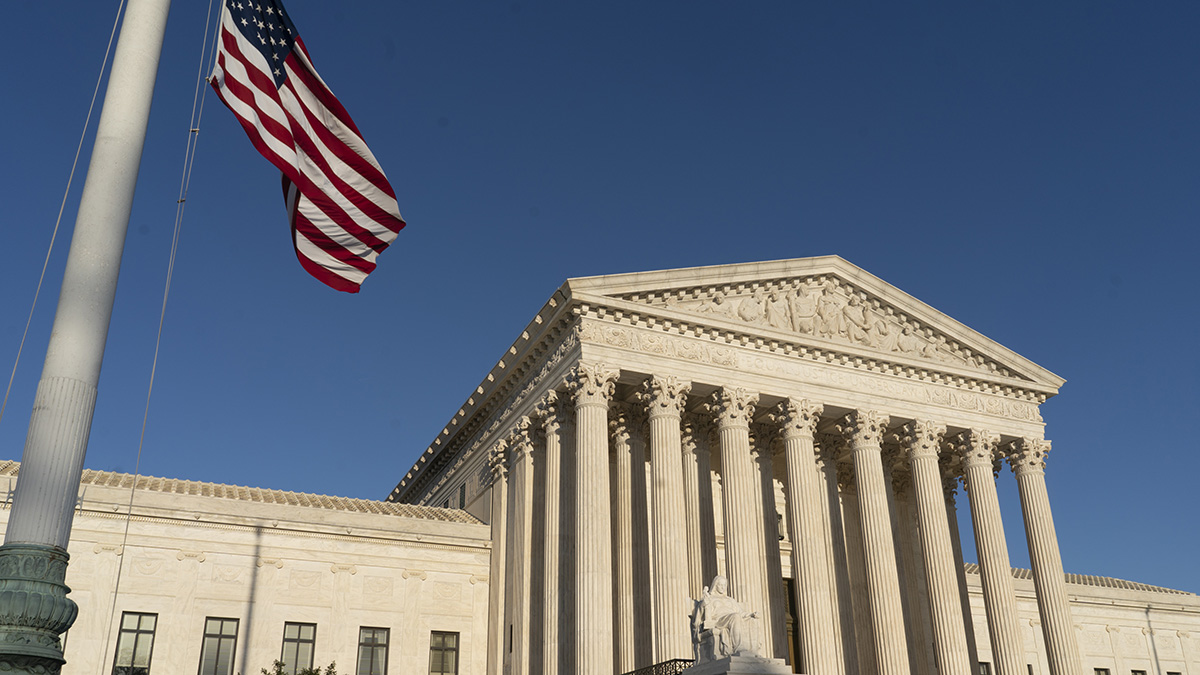WASHINGTON, DC, November 21, 2008 (ENS) - The top 50 most-polluting coal-burning power plants in the United States emitted 20 tons of toxic mercury into the air in 2007, finds a new report from the nonprofit Environmental Integrity Project. Of the top 10 mercury emitting power plants, all but one reported an increase as compared to 2006.
Once released into the atmosphere, mercury settles in lakes and rivers, where it moves up the food chain to humans who eat contaminated fish. The Centers for Disease Control has found that six percent of American women have mercury in their blood at levels that would put a fetus at risk of neurological damage.
Mercury's harmful effects that may be passed from the mother to the fetus include brain damage, mental retardation, incoordination, blindness, seizures, and inability to speak, according to the federal Agency for Toxic Substances. Children poisoned by mercury may develop problems of their nervous and digestive systems, and kidney damage.
More Southern Company power plants are among the dirtiest mercury emitters than those of any other company, according to the report, which is based on data reported to the U.S. Environmental Protection Agency.
Southern Company's Miller power plant, in Jefferson County, Alabama, tops the list of mercury emitters, reporting nearly a ton of mercury air pollution in 2007, the most recent period for which data is available. This represents a 13.57 percent increase over the plant's 2006 reported emissions.
In April 2006, Alabama Power announced it would spend $200 million to remove nitrogen oxide emissions by 2008 and sulfur dioxide emissions by 2011, but no mercury removal technology has been announced for the Miller plant.
In total, eight Southern Company plants in Georgia and Alabama are ranked among the top 50 power plant mercury emitters.
U.S. & World
The dozen states with plants emitting the most mercury are - in order from highest to lowest - Texas, Pennsylvania, Alabama, Georgia, Ohio, Indiana, North Dakota, Missouri, Kansas, North Carolina, Wisconsin and Arkansas.
Texas power plants hold five slots among the nation's highest 10 mercury emitters.
From Austin, Environmental Integrity Project attorney Ilan Levin said, "When the original Clean Air Act was passed in 1970, the electric utility industry persuaded Congress to not impose strict pollution controls on old power plants, because they would soon be replaced by newer state-of-the-art facilities. Yet despite the industry's promises, many of the nation's oldest and dirtiest power plants continue to operate."
"Pollution controls that dramatically reduce emissions are widely available, and already being used at many plants," said Levin. "But, until the public and policymakers hold the electric utility industry to its promised cleanup of the nation's oldest and dirtiest power plants, Americans will continue to bear unnecessary health and environmental costs."
The Environmental Integrity Project report says, "Activated carbon injection, which is commercially available and has been tested through the Department of Energy's Clean Coal Power Initiative, can achieve mercury reductions of 90 percent on both bituminous and sub-bituminous coals."
"In addition," the report says, "mercury can be significantly reduced as a co-benefit of controls for other pollutants, such as fabric filters, sulfur dioxide scrubbers, and selective catalytic reduction."
Jan Jarrett, president and chief executive of Citizens for Pennsylvania's Future, said, "These continued high mercury emissions from Pennsylvania plants clearly demonstrate the need for Pennsylvania's state-specific mercury rule that was adopted in February of 2007."
"Our rule requires an 80 percent reduction in mercury emissions from power plants by 2010 and a 90 percent reduction by 2015 and does not allow power plants to trade toxic mercury emissions," he said.
Coal-fired power plants are the single largest source of mercury air pollution, accounting for roughly 40 percent of all mercury emissions nationwide, according to the U.S. Environmental Protection Agency. The mercury they emit is affecting national parks, warns Bart Melton, an analyst with the nonprofit National Parks Conservation Association.
"National parks across the U.S. suffer from high concentrations of mercury pollution - a key source of which are coal-fired power plants. At the Great Smoky Mountains, mercury pollution is continually showered over the park, and then works its way up the food chain, threatening the health of park visitors and wildlife," Melton said. "We need to shut off the toxic mercury spigot at coal-fired power plants to keep national park visitors and wildlife healthy."
While some of the dirtiest plants are reporting reductions in mercury emissions since 2006, the majority of the worst 50 plants increased their mercury emissions through 2007.
In 2005, the U.S. EPA introduced a weak cap-and-trade rule which would have allowed power plants to either reduce their own mercury pollution or buy pollution credits from other plants. In February 2008, a federal appeals court ruled that EPA's approach to power plant mercury emissions violates the Clean Air Act, and vacated the EPA regulation.
The Environmental Integrity Project was established in March 2002 to advocate for more effective enforcement of environmental laws. The organization was founded by Eric Schaeffer, who served as director of the U.S. Environmental Protection Agency's Office of Regulatory Enforcement. Schaeffer resigned in 2002 after publicly expressing his frustration with efforts of the Bush administration to weaken enforcement of the Clean Air Act and other environmental laws.
{Photo: The James H. Miller coal-fired power plant in Alabama emits more mercury than any other power plant in the country. (Photo credit unknown)}
Copyright Environment News Service (ENS) 2008. All rights reserved.




